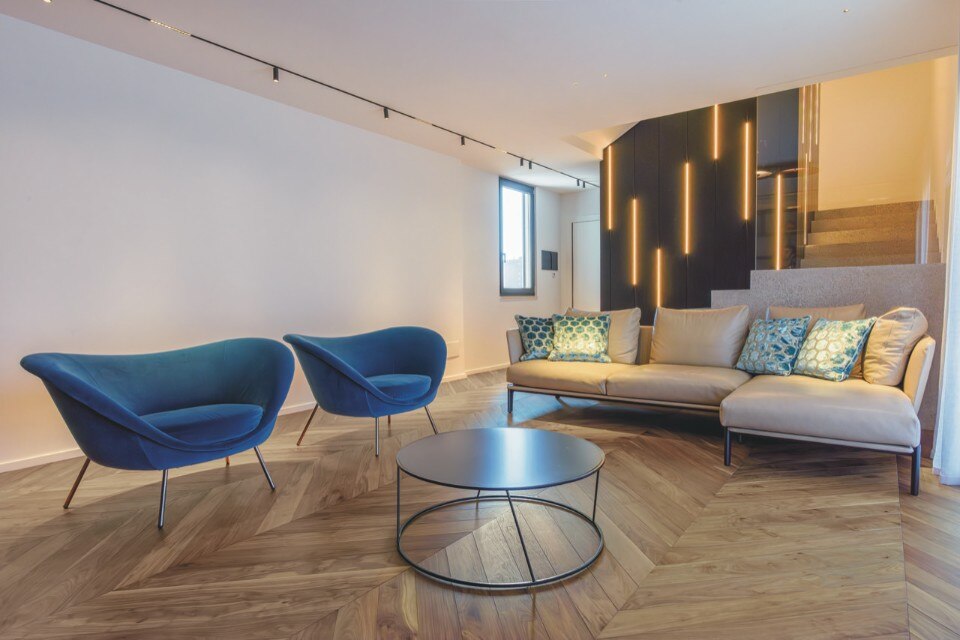
A home where wood is synonymous with innovation
Is there such a thing as a fine and enveloping parquet, warm and refined, but also easy to install and sustainable? The answer comes from Garbelotto.
- Sponsored content
Studio Libeskind designed Canada’s first national monument dedicated to the Holocaust in Ottawa, creating an experience that combines architecture, art, landscape and scholarship engaging with one of the darkest chapters of human history while conveying a powerful message of humanity’s enduring strength and survival. The project was carried out in collaboration with Lord Cultural Resources, photographer Edward Burtynsky, landscape architect Claude Cormier, and Holocaust scholar Doris Bergen

 View gallery
View gallery
Centrally located at the corner of Booth and Wellington Streets across from the Canadian War Museum, the site connects the museum to the historic center of the capitol city. The cast-in-place, exposed concrete Monument is conceived as an experiential environment comprised of six triangular, concrete volumes configured to create the points of a star. The star remains the visual symbol of the Holocaust. The Monument is organized with two physical ground planes that are differentiated by meaning: the ascending plane that points to the future; and the descending plane that leads visitors to the interiors spaces that are dedicated to contemplation and memory.

Six triangular concrete forms provide specific program areas within the Monument: the interpretation space that features the Canadian history of the Holocaust; three individual contemplation spaces; a large central gathering and orientation space; and the towering Sky Void that features the eternal Flame of Rememberance, a 14 meter-high form that encloses the visitor in a cathedral-like space and frames the sky from above.

Edward Burtynsky’s large scale, monochromatic photographic landscapes of current day Holocaust sites are painted with exacting detail on the concrete walls of each of the triangular spaces. These evocative murals aim to transport the visitor and create another dimensionality to the interiors spaces of canted walls and labyrinth-like corridors.

Sahil: G.T.DESIGN's Eco-conscious Design
At Milan Design Week 2025, G.T.DESIGN will showcase Sahil, a jute rug collection by Deanna Comellini. This project masterfully blends sustainability, artisanal craftsmanship, and essential design, drawing inspiration from nomadic cultures and celebrating the inherent beauty of natural materials.
- Sponsored content



















